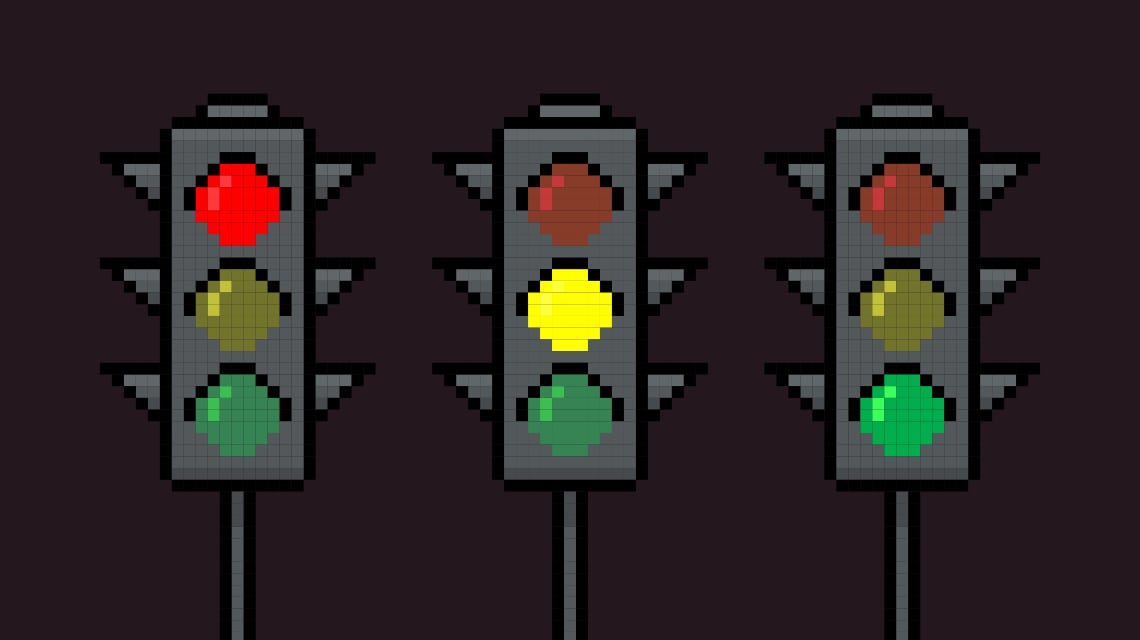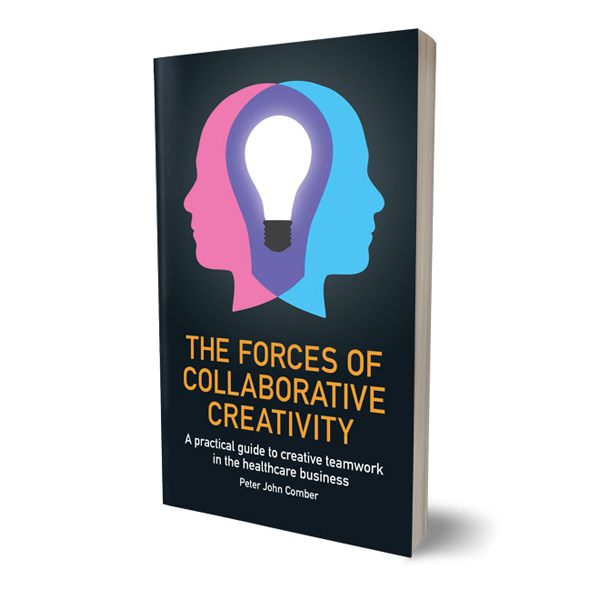Technostalgia and Upgrade-rage.
My nostalgia for the feeling of marvel and excitement at unwrapping a cool piece of tech, co-exists with a desire for my tech to stop evolving uselessly, tripping up my routines without adding any value.
Technostalgia: a Christmas story.
The ghost of Christmas past appeared to me as a gaunt, pale figure in an Issey Miyake, black mock turtleneck. The spirit showed me scenes from the past, landmark moments of Christmas-tech. The first vision was from 1991, I was unwrapping an RQ-S15 Panasonic walkman. It was amazingly compact, just 7 mm wider, 9 mm taller and 8 mm deeper than the audio cassettes it played. A sleek, matte black casing contained a miniaturized world of electromechanical wizardry that included a rechargeable ‘gumstick’ battery with decent autonomy. My mixtapes sounded great and a remote control integrated into the headphone lead ensured operation was simple and discreet. The next vision the spirit replayed to me was 1997, an Ericsson T10 flip phone. Not my first mobile phone but the first that fitted in my trouser pocket - it was my first, always-with-me, personal phone. The magic was completed by the fact that to answer a call I would flip it open like a StarTrek communicator. It was a functional piece of science fiction and that made up for all its limitations (a tiny monochrome 101 x 33 pixel screen and woefully insufficient battery life). The last vision was of 2005 and me unpacking a PalmOne LifeDrive. This was a rugged, metal brick of a handheld personal digital assistant, powered by Palm OS. The 4 GB storage, colour screen and a capable set of software made it a neat travelling companion. I could connect to the internet via Wi-Fi or pairing it via Bluetooth with my Palm phone. At the time I enjoyed using it as a competent, compact work tool that also provided entertainment (audio, video and games). As the ghost of Christmas past started to fade away, I caught the last, tantalising words; “One more thing…” but then, only silence.
I was left alone to consider the tech of Christmas past. I was struck by how imperfect, in some respects pathetic, these objects were and was amazed to remember how magical they seemed despite this. While I pondered this dichotomy, I was visited by the Ghost of Christmas Present - a serious and assertive woman, wearing a day-glo orange jumpsuit, with reflective safety strips, white plastic work boots and a white faux fur hat. The first apparition was a YouTube video of a man unboxing a Samsung Galaxy Note 9 smartphone. His demeanour was bored and he talked, for the most part, about incremental improvements. He seemed bemused by the fact that it arrived equipped with a stylus, or “S Pen”. In his closing comments, he declared it not worthwhile upgrading from the Note 8 or Galaxy S9. The second scene was at my neighbour’s house. Their son ripped the wrapping from a parcel and beamed happily at his parents as he uncovered the box containing Beats EP headphones (by Apple) in white. The mood changed a moment later as the family realised that the 3.5 mm headphone jack was incompatible with his iPad (by Apple) and his iPhone (by Apple) without a Lightning Adapter, that they didn’t have. The third scene was that of a family welcoming a piece of surveillance equipment into their home. The installation of the Smart Speaker & Home Assistant was long and tedious. Once the configuration was complete, the family briefly enjoyed barking orders at their new addition, then they all watched a cartoon on Netflix. The Smart Speaker listened. The Ghost of Christmas Present’s smartphone pinged and she vanished like a public Wi-Fi signal in an airport.
The Ghost of Christmas Future approached like a mist along the ground and sprung up, in startling resolution and clarity, as a hologram of an androgynous avatar and almost immediately froze. A little pop-up window appeared, “AR-X-mas requires SC-36 plug-in”. A button invited me to install it. I reached out to the button and was confronted with an updated terms and conditions box. This led me to a privacy policy update I needed to accept. I then invested some precious moments of my existence authenticating the email address I had given only to discover that to install the SC-36 plug-in I needed to update the AR interface to the latest version. I only vaguely knew what that might mean, so I reached for the help button, which ultimately led to an argument with a chatbot over user authentication which remained unresolved because my, “date setting was wrong”. I was marooned in tech-limbo.
Upgrade-rage: better isn’t always better for me.
I hope you enjoyed my Christmas story. A bit of fun, with a serious premise: consumer technology has lost its magic. In this context, magic can be defined as: excitement and emotional reward, derived from the use of technology. The heuristic, iterative approach of technology corporations means the first version of an innovative product typically presents itself as the minimal viable manifestation of an idea. If the idea has enough magic, the product is successful. Subsequent versions of the product perfect the delivery of the original idea but with constant use the product becomes commonplace and the magic fades. The trajectory of a flawed but exciting product evolving into a capable but banal one (and with multiple copies) is very common. The latest iteration of the product may be technically superb but it is emotionally empty. This contributes to a relatively new phenomenon, upgrade-rage.
Upgrade-rage is the disproportionate reaction an average user has when their habitual routine is interrupted by an obtrusive upgrade. For example, let’s say I use an application five days a week for thirty weeks. I become fluent in using the application because I memorise the interface and certain complex but repetitive tasks become automatic, thanks to a neat trick of the brain called long-term potentiation. Then I upgrade the application and find the interface has been restyled. My fluency is gone, my automatic tasks frustrated, I feel loss - of control and pride in my ability. A widely accepted theory states that we tend to feel a loss about twice as severely as we experience a gain of equal value. So, to offset the loss of control I experience due to the interface change, I need to perceive the application to be twice as capable. Until recently, Moore's law was tangible, a new smartphone was manifestly faster and more capable than an older one. A decade ago, hitting “save” in an application meant involuntarily taking a pause from working while the hardware and software did their job. As I write this today, hitting “save” has an instantaneous effect, there is no interruption of my flow. We are at a point where (for most consumer uses) you could give me a tool fifty times faster than the one I am currently using and I wouldn’t notice it. Upgrade rage occurs when this tipping point is reached: the annoyance caused by the upgrade is greater than the perceived advantages it offers.
Technology isn’t what it used to be. The tech industry needs to confront the fact that they have lost their magic. The advantages of most upgrades, for most consumers, no longer outweigh the inconvenience of upgrades. Technology needs to evolve without causing inconvenience to the user. The communication and timing of upgrades needs to improve. In the future, continuity will become a virtue, a selling point and more importantly a way of retaining customers. Unjustified change is a serious annoyance. I want my tools to perform predictably, not reconfigure themselves constantly and force me to relearn how to use them. Tech companies, beware the rise of upgrade-rage.





